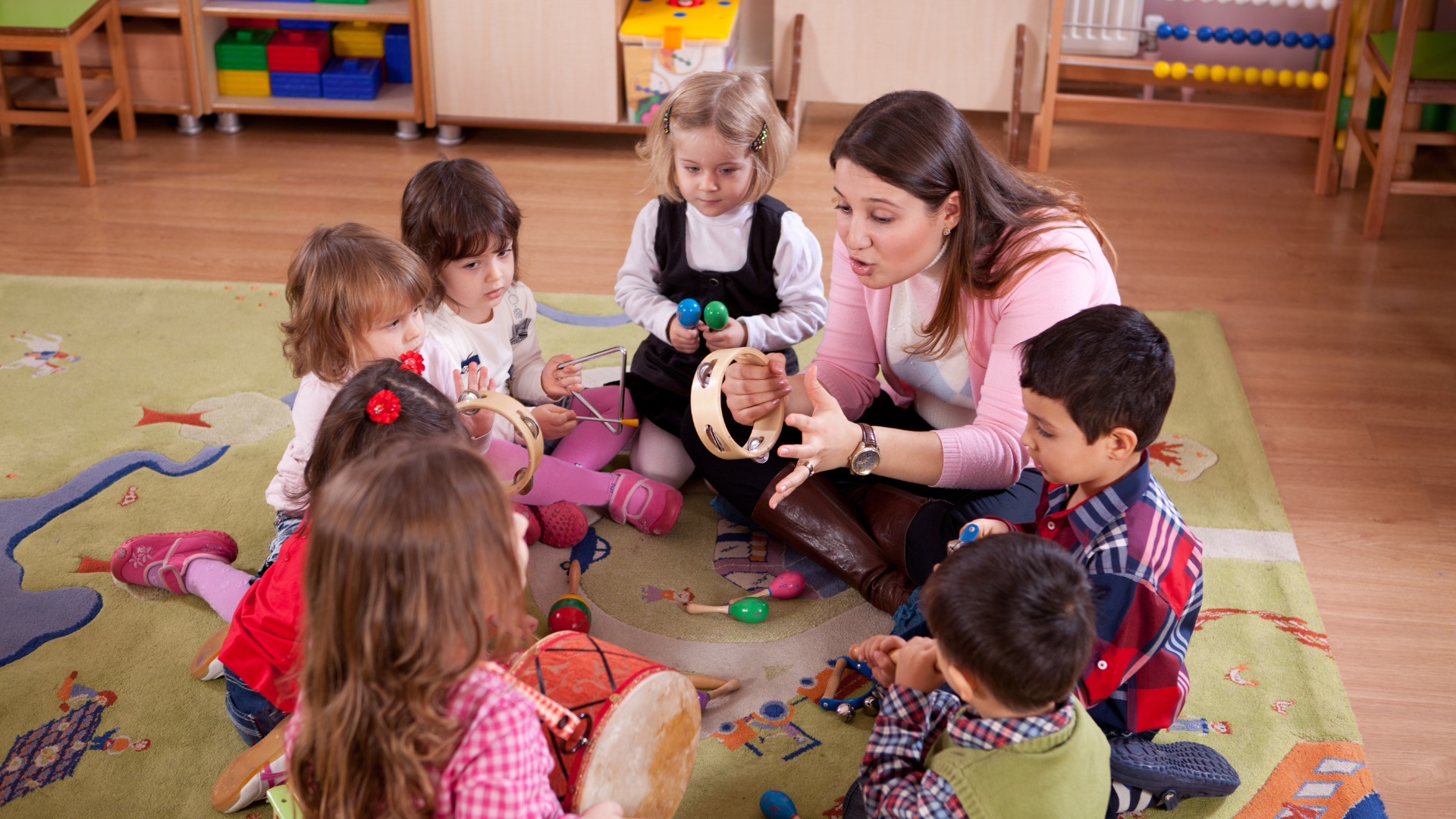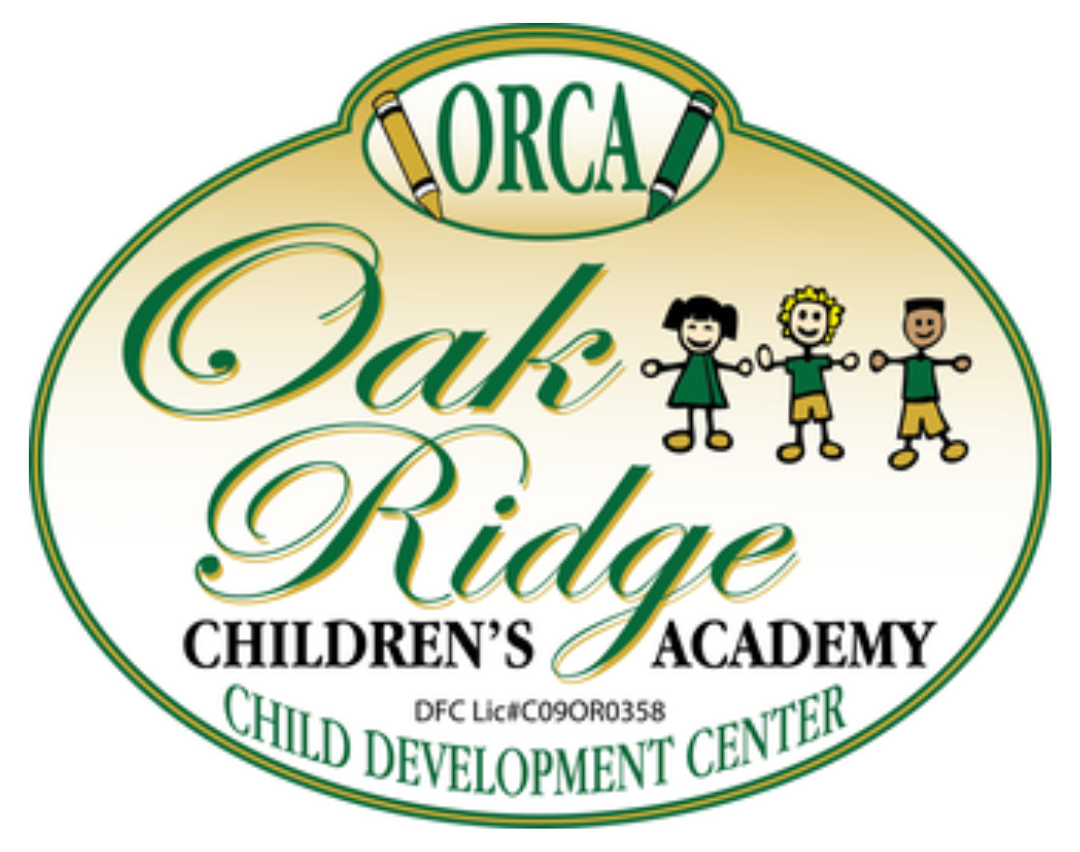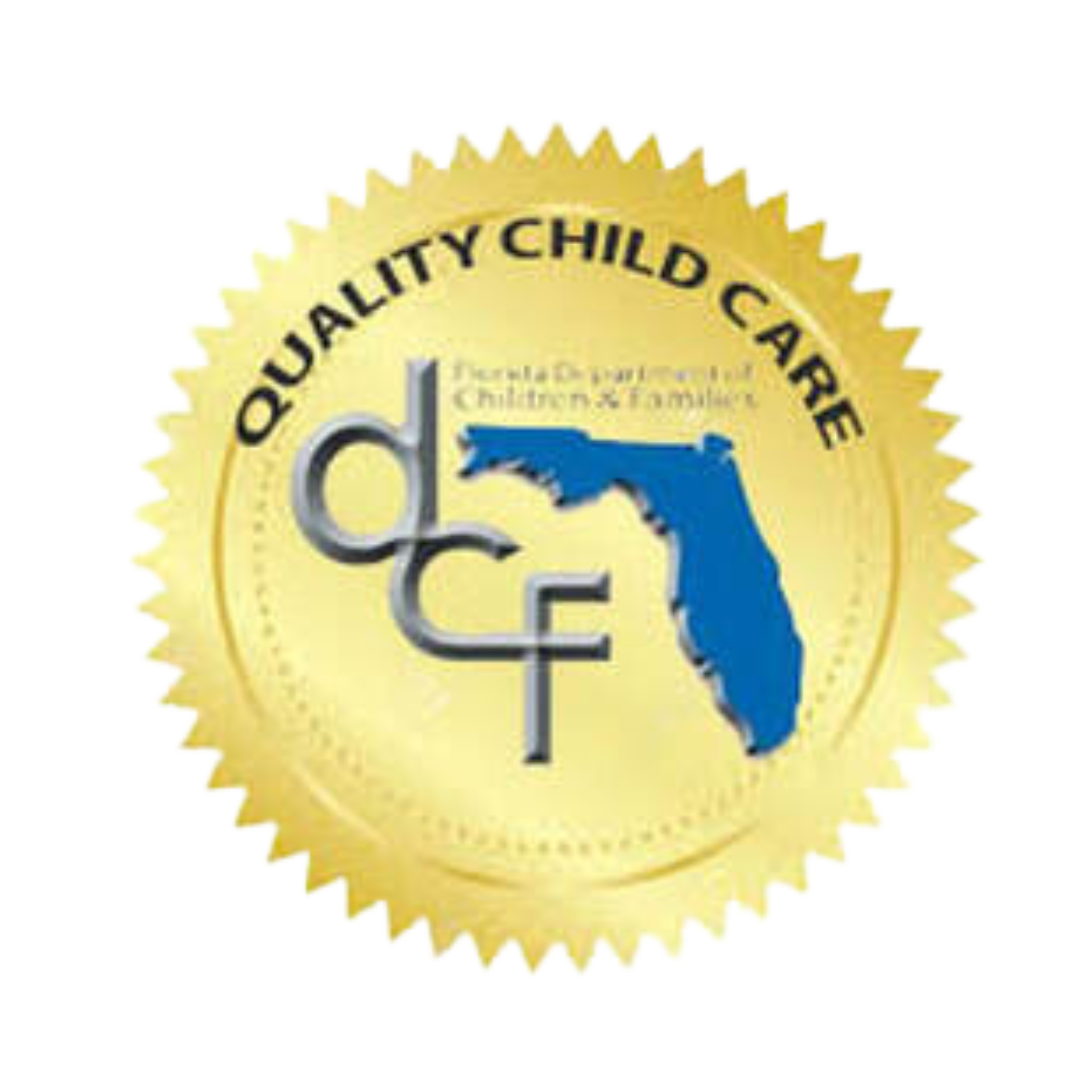The Difference Between Tantrums and Meltdowns (And What to Do About Them)

As parents and caregivers, you may have experienced moments when your child’s emotions feel overwhelming—when they throw themselves on the ground, scream, or refuse to calm down. These intense outbursts can be both stressful and confusing, especially when you're unsure if you’re witnessing a tantrum or a meltdown.
While both tantrums and meltdowns can look similar on the surface, they stem from different emotional processes and require different approaches to manage. Understanding the distinction between the two is essential for knowing how to best support your child through these emotional moments.
At Oakridge Children’s Academy, we believe in equipping both children and parents with the tools needed to navigate these emotional challenges. In this blog post, we’ll explain the difference between tantrums and meltdowns, why they happen, and how to respond in ways that are both effective and empathetic.
What Is a Tantrum?
A tantrum is often an intentional emotional response, typically driven by a child’s frustration or desire for control. While tantrums can be distressing to witness, they are usually a normal part of development, especially for children between the ages of 1 and 4. During this stage, children are learning how to express their needs, desires, and frustrations, but they may not yet have the language or coping skills to do so effectively.
Key Characteristics of a Tantrum:
- Goal-driven: Tantrums often occur when a child is trying to achieve a specific goal (e.g., wanting a toy, snack, or attention).
- Ability to self-regulate: Children may calm down more easily when their demands are met or when they sense they’re not getting what they want.
- Testing boundaries: Tantrums can be a way for children to test the limits of what’s acceptable or to assert independence.
For example, a child might throw a tantrum in the store because they want a toy, and when you say no, they might scream, cry, and fall to the floor. In this case, the child is upset because they didn’t get what they wanted, but the tantrum ends once the situation is resolved or the child is distracted.
What Is a Meltdown?
A meltdown, on the other hand, is often an emotional response to being overwhelmed. Unlike tantrums, meltdowns are not goal-driven and are not typically a result of seeking attention or wanting something specific. Meltdowns can happen when a child’s sensory, emotional, or cognitive systems become overloaded. These reactions are often uncontrollable and can happen even if the child doesn’t want to experience them.
Key Characteristics of a Meltdown:
- Overload of emotions or sensory input: Meltdowns often occur when a child is overwhelmed by too much stimulation, such as loud noises, bright lights, or intense emotions.
- Inability to self-regulate: During a meltdown, children may be unable to calm themselves down, even if they want to.
- Out of their control: Unlike tantrums, meltdowns are not intentional and the child may not be able to stop the behavior once it starts.
For example, a child who has had a busy, overstimulating day at school might have a meltdown when they get home, crying uncontrollably or withdrawing, even if they weren’t initially upset. The meltdown may be triggered by a small event that tips the balance, but the child is simply too emotionally overwhelmed to manage it.
Tantrums vs. Meltdowns: Key Differences
Tantrum
- Often a result of wanting something or testing boundaries
- Child can often be calmed by meeting their needs or giving them what they want
- Tantrums usually happen when the child’s desire is unmet
- A child might calm down quickly once the situation is resolved
Meltdown
- Result of being emotionally or sensory overwhelmed
- Child cannot regulate themselves and may not be able to calm down easily
- Meltdowns can happen even if the child’s desire is met; often triggered by external stimuli
- A child may need a lot of time and space to regain emotional control
What to Do About Tantrums
Tantrums can be challenging, but they are often a phase that children grow out of as they learn better ways to express their feelings. Here are some strategies to manage tantrums:
1. Stay Calm and Composed
It can be hard to stay calm when your child is upset, but responding with patience is key. If you react with frustration or anger, it may escalate the situation. Take a deep breath, lower your voice, and show your child that you’re in control of your emotions.
2. Set Clear Boundaries and Be Consistent
Tantrums often occur when a child is testing boundaries. Be firm but gentle in your response. Let them know what is acceptable behavior, and be consistent in your approach. If you say “no” to something, stand by it.
3. Distract and Redirect
If you can’t give in to the child’s demands, try to redirect their attention. Offer an alternative activity or a toy that can help take their mind off the situation. Distraction can be an effective way to shift your child’s focus and stop the tantrum in its tracks.
4. Validate Their Feelings
Even though you can’t give in to their demands, it’s important to acknowledge your child’s feelings. Say something like, “I can see that you’re upset because you want the toy. It’s okay to feel frustrated, but we can’t have that toy right now.”
What to Do About Meltdowns
Meltdowns require a different approach, as they often stem from emotional overload or sensory triggers. Here’s how you can help your child through a meltdown:
1. Create a Calm Environment
During a meltdown, your child may need a quiet, safe space to calm down. If possible, take them to a calm area with minimal distractions. Dim the lights, reduce noise, and remove any overwhelming stimuli. Sometimes, offering a quiet, cozy corner can help your child feel more secure.
2. Offer Comfort and Reassurance
Unlike a tantrum, a meltdown isn’t something your child can “snap out of” quickly. Offer comfort and reassurance, whether it’s through physical touch, soothing words, or simply staying close to them. Let your child know you’re there for them, even if they’re not able to communicate their needs in the moment.
3. Give Them Time to Calm Down
Meltdowns can take time to subside. Don’t try to force your child to stop crying or to engage before they’re ready. Allow them time to process their feelings and return to a more regulated state.
4. Help Prevent Future Overload
If you notice patterns in your child’s meltdowns, try to identify potential triggers. Is it a certain environment, routine, or activity that consistently leads to meltdowns? You can work on reducing sensory overload or providing your child with strategies to manage overwhelming emotions.
Helping young children express big emotions is a crucial part of their emotional development. Learn strategies for guiding your child through these emotional moments in our post on How to Help Young Children Express Big Emotions, and explore how to ease separation anxiety for smoother transitions in our article Understanding Separation Anxiety and How to Ease It.
Conclusion: Understanding and Supporting Your Child’s Emotional Needs
Whether it’s a tantrum or a meltdown, both are signs that your child is working through their emotions and learning how to cope with complex feelings. The key is recognizing the difference between the two and responding with patience, empathy, and support.
At Oakridge Children’s Academy, we’re here to support both children and parents as they navigate the ups and downs of emotional development. By understanding the causes behind tantrums and meltdowns, and by employing strategies to help children cope, we can help foster a positive, nurturing environment where children learn emotional regulation and resilience.
If you’re looking for additional guidance or strategies to support your child during challenging moments, our educators are always available to offer advice and support. Remember, every child is different, and finding what works best for your child’s emotional development will make a big difference in helping them thrive.












